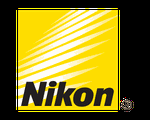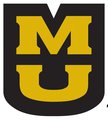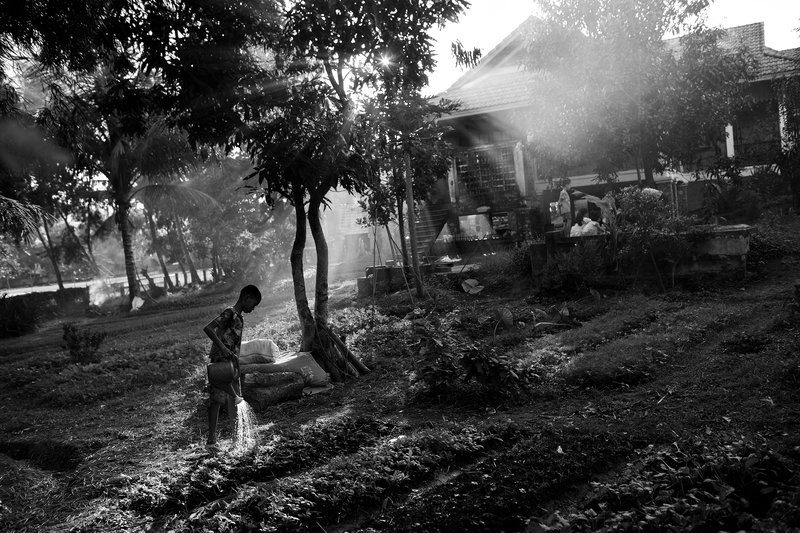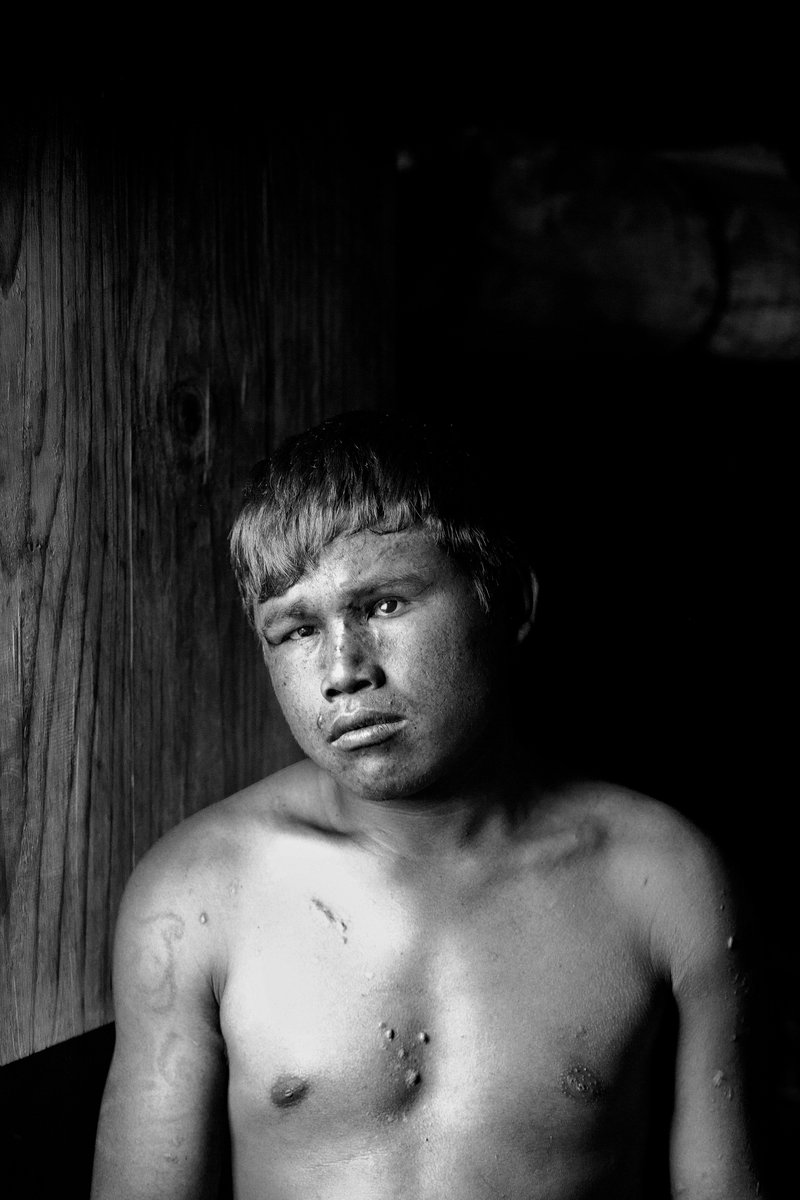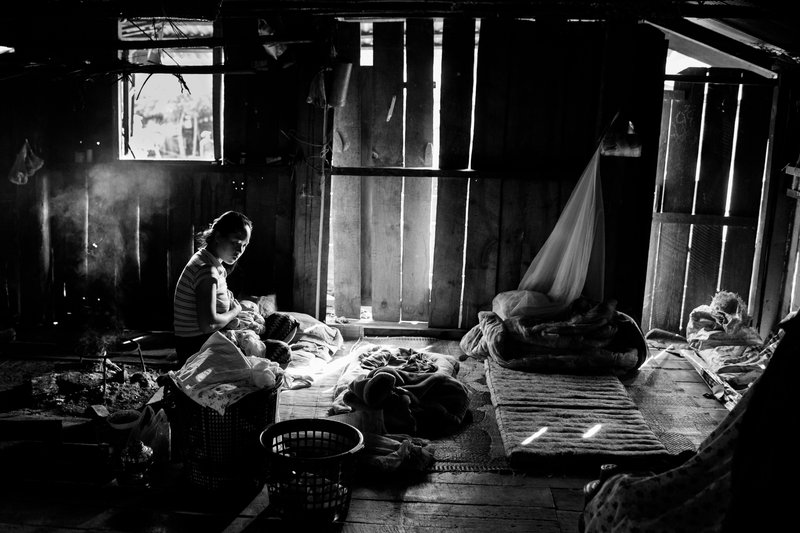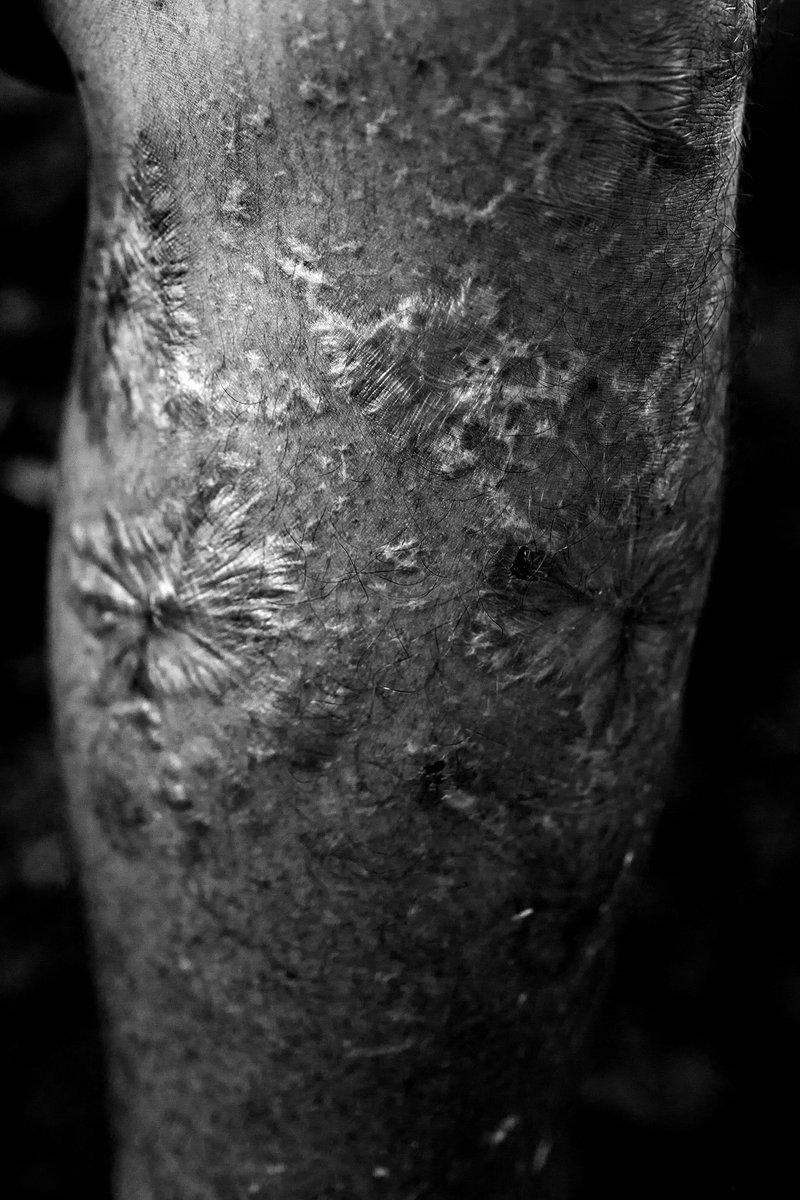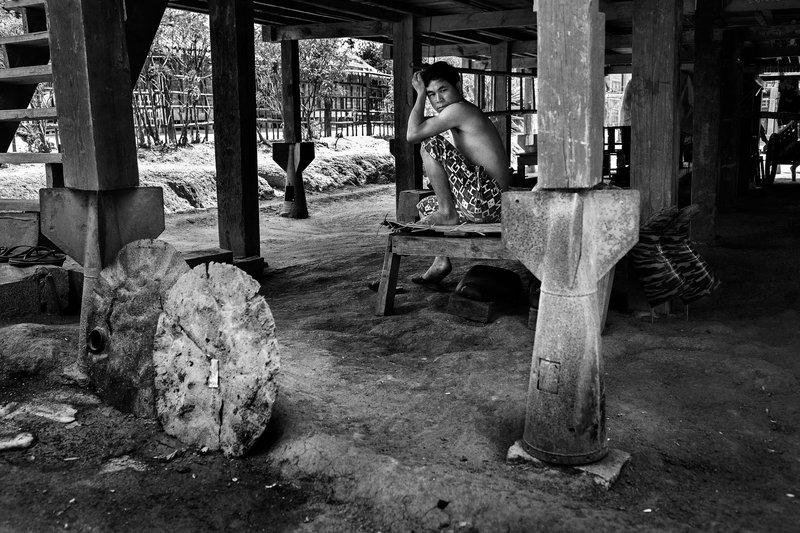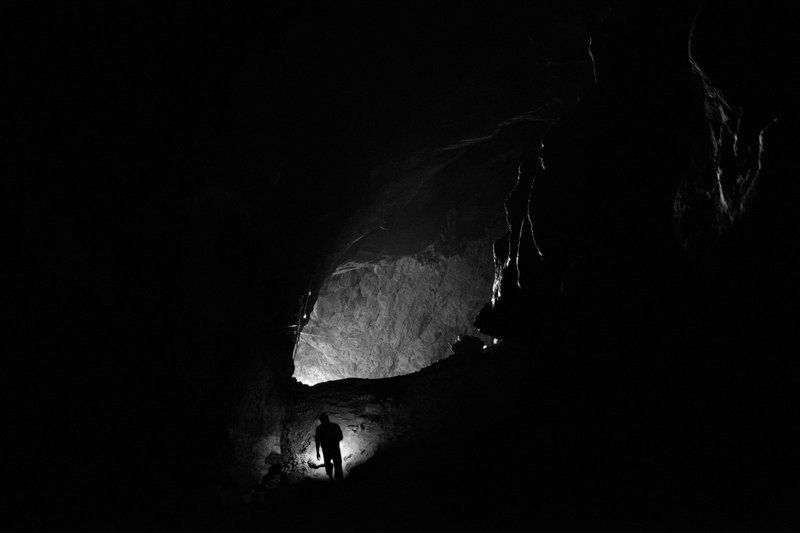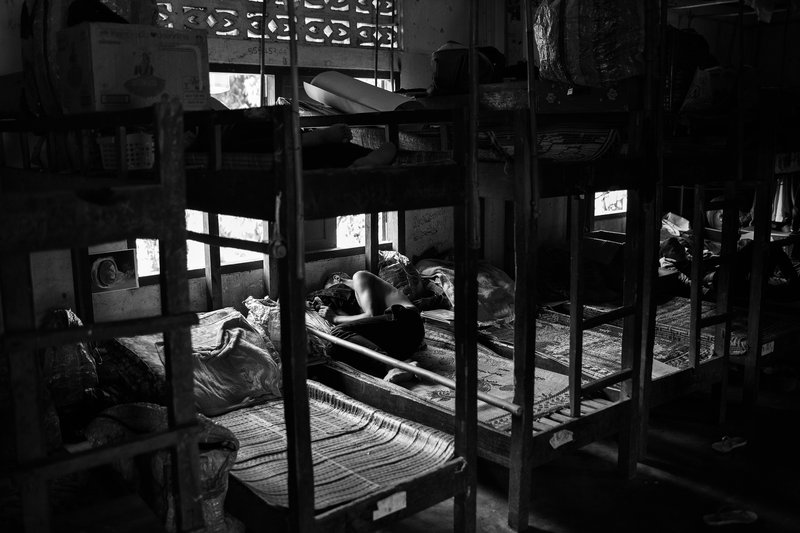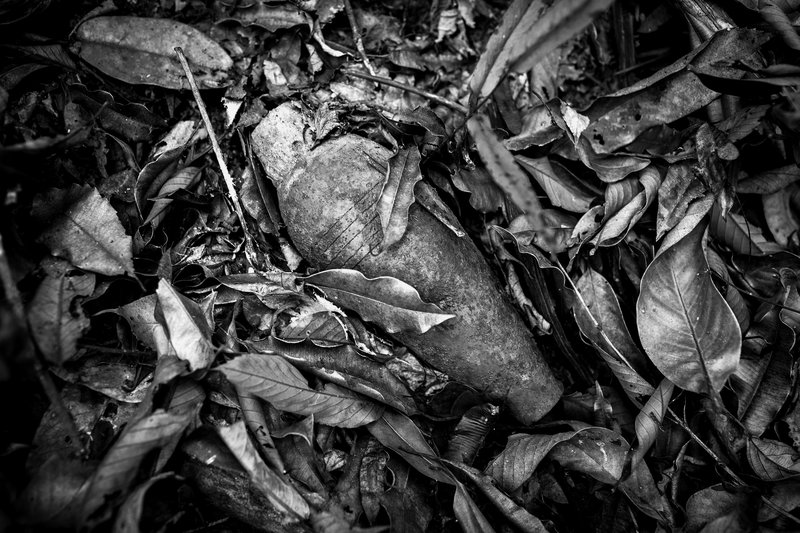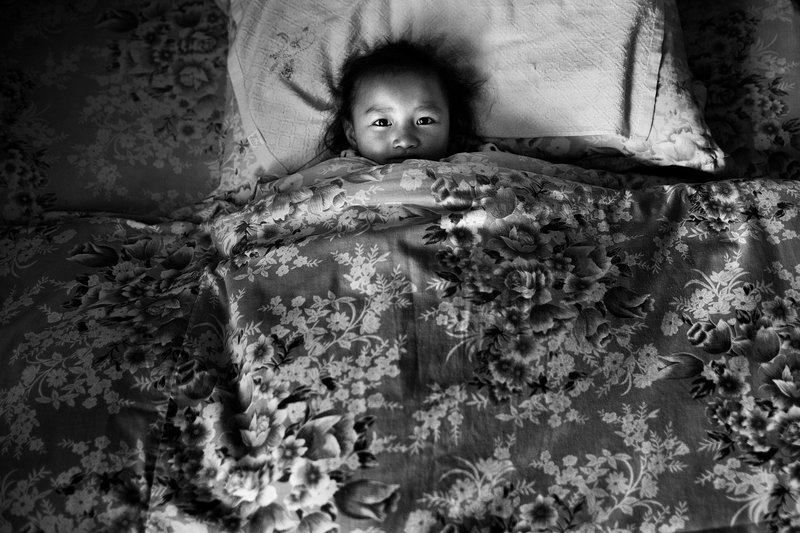CPOY 69 Documentary Silver: Unspoken Legacy
Tiny southeast asian Laos is a country of lines, tangents and hidden boundaries. Behind every rock, around waterholes and along both sides of the Ho Chi Minh Trail, invisible borders mark a clans language, a tigers habitat and some 80 million bombs, or UXO's (unexploded ordnance), still waiting to detonate. To cross a line might invite death, yet the laotians have no choice. The brave work the rice fields full of explosives, the desperate gather the UXO's to sell as scrap metal, to use in constructing cottages, to melt as spoons to sell at the local marked. In average, one person a day is killed or maimed. The 80 million UXO's are the legacy of a secret war in Laos. From 1963-1972 the CIA secretly bombed the country - making it the most heavily bombed country on Earth per capita - in an attempt to stop Vietnamese supply routes going through the eastern jungles. As the worlds eyes where fixed on the war in Vietnam, the bombing of Laos went on for a decade almost without being noticed by the public. As it ended in 1972, Henry Kissinger - one of the men believed by many to be the decision maker - won the Nobel Peace Prize in Paris. Today de-mining organizations have cleared below 1% of the contaminated area, which is roughly one third of Laos. The country is poor and the cost is high. Though using american bombing maps, every year the monsoon further transport the bombs to new areas, further hindering agriculture and socioeconomic development. According to the national de-mining organization, UXO Laos, it will be another 150 years before the bombs have been cleared: the last victim of the secret war in Laos has not yet been born.

